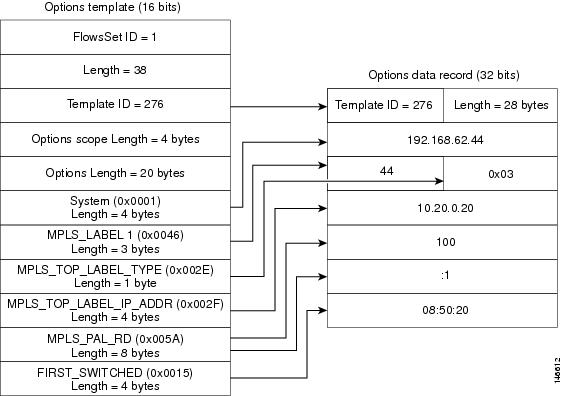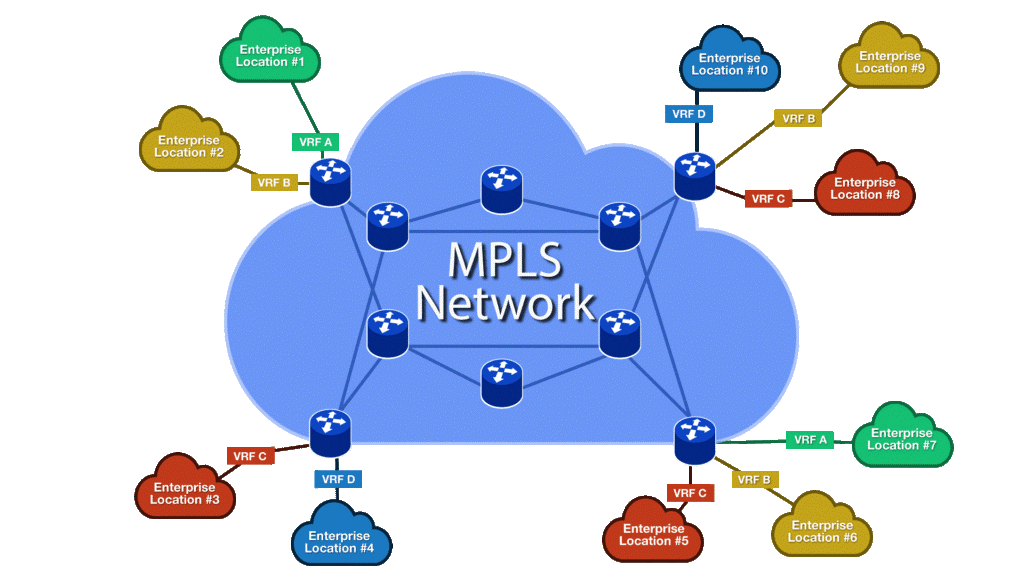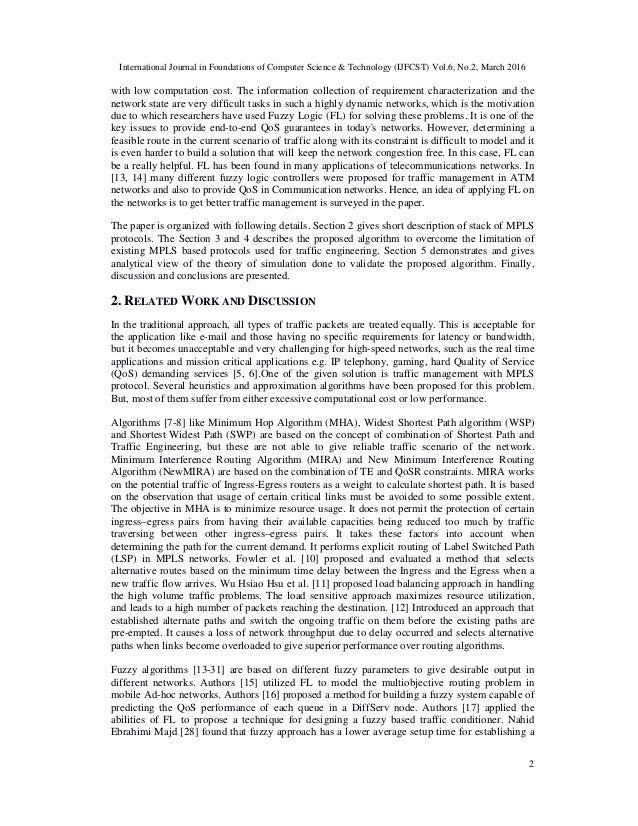43 when implementing a multiprotocol label switching
Dynamic Multipoint VPN Configuration Guide, Cisco IOS … 26.03.2020 · DMVPNs can be used to extend the Multiprotocol Label Switching (MPLS) networks that are deployed by service providers to take advantage of the ease of configuration of hub and spokes, to provide support for dynamically addressed customer premises equipment (CPEs), and to provide zero-touch provisioning for adding new spokes into a DMVPN. Cisco Networking Books – ciscoforall.com MPLS (Multiprotocol Label Switching) Multicast; Network Mangement; OER (Cisco IOS Optimized Edge RoutingConfiguration Guide) OER (H olddown) OER Ccommand Reference; OER Book; OSPF ; QOS; QOS Command Refrence; RIP; Security; Switching; CCNP Books. CCNP Self-Study (CCNP CIT Exam Certification Guide by Amir S. Ranjbar) CCNA Self-Study …
Virtual Extensible LAN (VXLAN) Overview > Implementing … 17.11.2020 · Multiprotocol Label Switching (MPLS) Service Package (MPLS_PKG) Cisco programmable fabric spine, leaf, border leaf, or border PE switch. Cisco Nexus 5600 switches. Layer 3 Base Services Package (LAN_BASE_SERVICES_PKG) Enterprise Services Package (LAN_ENTERPRISE_SERVICES_PKG) Cisco programmable fabric spine, leaf, border leaf, or …

When implementing a multiprotocol label switching
11 Best SD-WAN Vendors & System Solutions - Updated 2022 21.12.2021 · Multiprotocol Label Switching (MLPS) is a routing algorithm that selects a neighboring router to pass data onto by its short path label rather than by looking at a routing table. SD-WAN works with IP addresses and so is easier to route over the internet. The SD-WAN just manages the address differences when accessing an endpoint on a remote network so it … Cisco Certified Network Associate (CCNA) Training - Udemy Learn more about Cisco CCNA. The Cisco Certified Network Associate (CCNA) is an entry-level IT certification issued by Cisco. If you’re looking for a networking role in IT, such as a network specialist, administrator, or engineer, getting a CCNA certification by passing the 200-301 exam can be a great way to prepare. What is MPLS (Multiprotocol Label Switching)? | Fortinet Multiprotocol label switching (MPLS) is a protocol designed to get packets of data to their destinations quickly and efficiently. Because it sends data straight to its destination, it is superior to regular Internet Protocol (IP) routing, which bounces data all over the internet before finally sending it to its final destination.
When implementing a multiprotocol label switching. PDF Multi-protocol Label Switching Multi-Protocol Label Switching 5 Among the many positive attributes that MPLS brings to internetworking is the abil-ity to provide connection-oriented services to inherently connectionless IP networks. The label switched path (LSP) is the establishment of a unidirectional end-to-end path forwarding data based on fixed size labels. 1.3 MPLS ... Cisco Certified Network Associate (CCNA) Training - Udemy For example, you could work as a Cloud Engineer, Network Administrator, Systems Administrator, or IT Manager. You can also take additional specialized exams to land a more specialized role. If you complete the CCNA Routing and Switching Certification, for example, you are eligible for positions like a Network Analyst or Network Engineer. New CCNA exam – 200-301 The new exam’s code is 200-301 CCNA and its full name is Implementing and Administering Cisco Networking Technologies ... So if you have any of the current CCNA certificates (e.g. CCNA Industrial or CCNA Routing and Switching), you will automatically be granted the new CCNA certificate. CCENT. CCENT is retired and it will not apply toward the new CCNA certification. … Multi-Protocol Label Switching - an overview - ScienceDirect MPLS introduces the same switching concept in IP networks. It is called Multi-Protocol because this technique can also be used with any network layer protocol other than IP. Label switching provides a low-cost hardware implementation, scalability to very high speeds, and flexibility in the management of traffic flows.
Multiprotocol Label Switching (MPLS) Introduction - e-Tutorials Multiprotocol Label Switching (MPLS) is an emerging technology that aims to address many of the existing issues associated with packet forwarding in today's Internetworking environment. Members of the IETF community worked extensively to bring a set of standards to market and to evolve the ideas of several vendors and individuals in the area of ... Implementation of Multiprotocol Label Switching VPN over IPv6 Multiprotocol label switching (MPLS) is an innovative creativity by the internet engineerin g ta sk force (IETF) in order t o deal with the flaws in the conventional IP networks [1]. MPLS is a... Mayank Tripathi – Medium 10.08.2019 · Read writing from Mayank Tripathi on Medium. Stuck at Local Minima, now trying to Converge. Every day, Mayank Tripathi and thousands of other voices read, write, and share important stories on Medium. Implementing Cisco MultiProtocol Label Switching v3.0 | ITTA Multiprotocol Label Switching (MPLS) is a high-performance method for forwarding packets through a network enabling routers at the edge of a network to apply simple labels to packets. This practice allows the edge devices to switch packets according to labels, with minimal lookup overhead.
Cisco Networking Books – ciscoforall.com Implementing Cisco IP Telephony and Video, Part 1 (CIPTV1) Order PDF: 300-075: Implementing Cisco IP Telephony and Video, Part 2 (CIPTV2) Order PDF: 300-080: Troubleshooting Cisco IP Telephony and Video (CTCOLLAB) Order PDF: 300-085: Implementing Cisco Collaboration Applications (CAPPS) Order PDF: 300-101: CCNP Implementing Cisco IP Routing ... Mayank Tripathi – Medium Aug 10, 2019 · Read writing from Mayank Tripathi on Medium. Stuck at Local Minima, now trying to Converge. Every day, Mayank Tripathi and thousands of other voices read, write, and share important stories on Medium. Multiprotocol Label Switching MPLS 101 - DISA Multi-Protocol Label Switching is an underlying and overriding transport methodology for forwarding packet data over a network. MPLS assigns labels to data packets on ingress into the domain and forwards the data throughout the network based upon the label. Provides a simplified forwarding method for data flows across a packet network MPLS VPNs > Multiprotocol Label Switching | Cisco Press MPLS VPNs. One of the most popular of the MPLS applications is called MPLS virtual private networks (VPNs). MPLS VPNs allow a service provider, or even a large enterprise, to offer Layer 3 VPN services. In particular, SPs oftentimes replace older Layer 2 WAN services such as Frame Relay and ATM with an MPLS VPN service.
Multi-Protocol Label Switching - an overview - ScienceDirect MPLS introduces the same switching concept in IP networks. It is called Multi-Protocol because this technique can also be used with any network layer protocol other than IP. Label switching provides a low-cost hardware implementation, scalability to very high speeds, and flexibility in the management of traffic flows.
New CCNA exam – 200-301 The Cisco certification program was drastically changed on Feb. 24, 2020. There are no longer multiple different CCNA exams and certifications – only a single, comprehensive exam is available. The new exam’s code is 200-301 CCNA and its full name is Implementing and Administering Cisco Networking Technologies.
Multiprotocol Label Switching (MPLS) - Case Studies - Cisco What is MPLS - Multiprotocol Label Switching. Case Studies. Learn how implementing a Cisco solution contributed to customer success. Norway Utility Modernizes Power Grid (PDF - 435 KB) BAT Italia Boosts Security at Factory and New Headquarters ; Support.
What Is Multiprotocol Label Switching - Palo Alto Networks MPLS Meaning. Multiprotocol Label Switching, or MPLS, is a networking technology that routes traffic using the shortest path based on "labels," rather than network addresses, to handle forwarding over private wide area networks. As a scalable and protocol-independent solution, MPLS assigns labels to each data packet, controlling the path ...
What is an Edge Router? Definition from SearchNetworking The main challenges of implementing an edge router revolve around edge security. As mentioned, enterprises can't control who might try and access the corporate network. If purchased with built-in firewall support, firewall rules should be configured to satisfy the security needs of a corporate network.
PDF Multiprotocol Label Switching Multiprotocol Label Switching (MPLS) remains a vitally important part of many service provider (SP) networks. MPLS is still growing in popularity in enterprise networks as well, particularly in larger enterprise internetworks. This chapter introduces the core concepts with MPLS, particularly its use for unicast IP forwarding and for MPLS VPNs.
Multiprotocol Label Switching - TheFreeDictionary.com (MPLS) A packet switching protocol developed by the IETF. Initially developed to improve switching speed, other benefits are now seen as being more important. MPLS adds a 32- bit label to each packet to improve network efficiency and to enable routers to direct packets along predefined routes in accordance with the required quality of service.
Implementing Cisco Multiprotocol Label Switching (MPLS) In this course, Implementing Cisco Multiprotocol Label Switching (MPLS) , you'll learn how to design, implement, and troubleshoot MPLS networks using a large topology as a testbed. First, you'll build a basic MPLS transport network using OSPF and LDP, laying the groundwork for future MPLS edge services.
What is Multiprotocol Label Switching (MPLS)? Multiprotocol Label Switching. Multiprotocol Label Switching (MPLS) is a routing system used in carrier backbones and enterprise networks to connect branch offices and enterprises with real-time applications that require quality of service (QoS). MPLS routes traffic using path labels rather than long network addresses instead of sophisticated ...







Post a Comment for "43 when implementing a multiprotocol label switching"